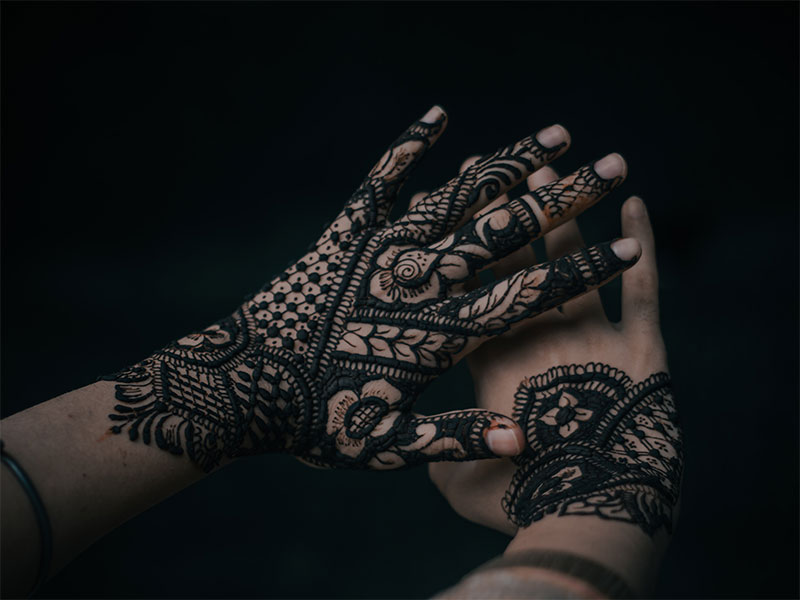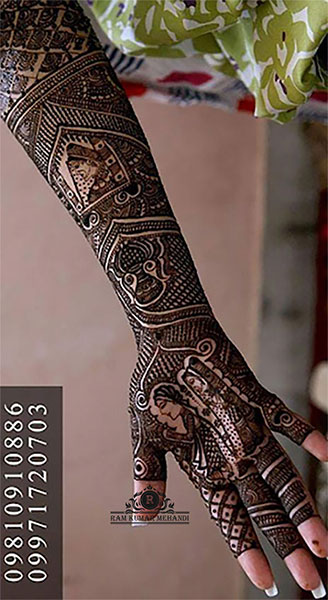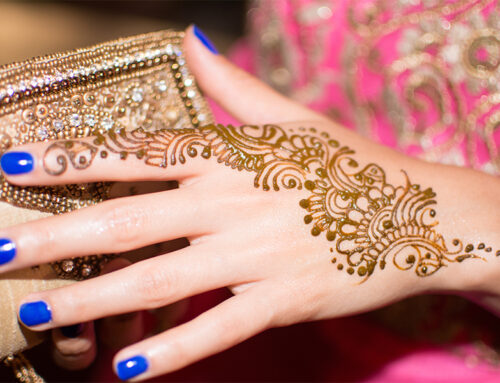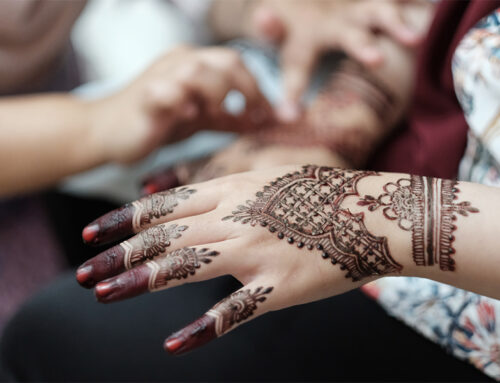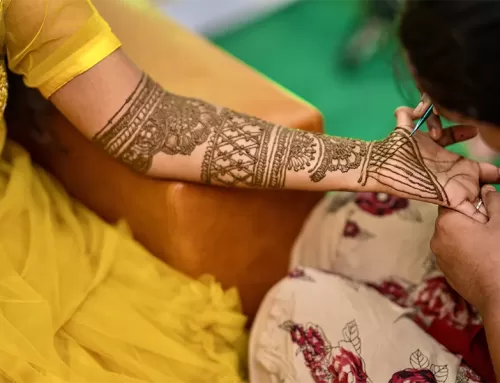Mehndi is another fun and traditional pre-wedding rite. The Mehndi ceremony is a premarital rite that reflects the importance placed on tradition during Indian marriages. The Mehendi ceremony has become so central to Indian weddings that it’s hard to picture them without it. In addition, Mehndi is considered one of the sixteen essential bridal ornaments. If there is an upcoming wedding in your family, here are some excellent tips for mehndi ceremony for you.
A mehndi ceremony is traditionally held right before the wedding. After this, the bride is not allowed to leave the house, per tradition. The bride’s family traditionally plans and hosts the Mehndi ceremony, which is a small, intimate gathering of close friends and family. The ceremony can be as large or little as the celebrant wishes. In certain communities, the holiday is celebrated with fanfare and pageantry.
Tips for Mehndi Ceremony
- Context from the Past

Regarding human creativity, Mehndi is up with some of the earliest body art. The Sanskrit term “mendhika,” which meant “Mehndi plant,” is the etymological ancestor of the Hindi and Arabic word “Mehendi.” The history of Mehndi’s application dates back to the Bronze Age.
Mehndi is called Camphire in the Bible. Mehndi has been a beauty product in and around the Indian subcontinent since well before the Vedic period. Mehndi body art is thought to have originated in India and extended to other countries, including Egypt, Asia Minor, and the Middle East.
The use of Mehndi in the mummification of Pharaohs and tales of the legendary queen Cleopatra applying Mehndi on her body are well-documented historical facts. It is widely believed that the Prophet Muhammad used Mehndi paste to cover the graying of his beard, and he even encouraged its usage.
Mehndi is part of Hindu women’s 16 adornments or Solah Shringaar. In many cultures, including Hinduism, Mehndi is seen as incredibly fortunate. Looking at these facts, it is quite evident that a competent bridal mehndi artist is in high demand during the wedding season.
Visit: mehndi designs for weddings
- About Mehndi

Lawsonia inermis, often known as Mehndi, is a tiny shrub-like plant native to the tropical regions of the Indian subcontinent, Malaysia, Africa, and the Middle East. The top skin layer gets its distinctive reddish-orange hue from a reddish-orange dye called Lawsone, produced in the leaves and branches. Commercial production of the plant occurs in the states of Rajasthan, Punjab, Gujarat, and a portion of Madhya Pradesh.
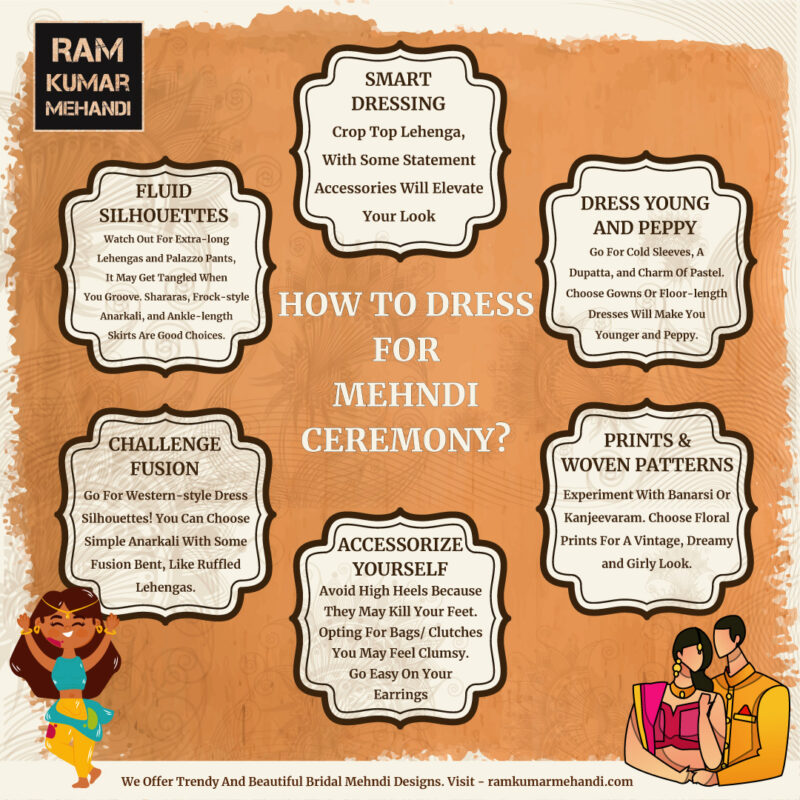
- Creating Mehndi Paste
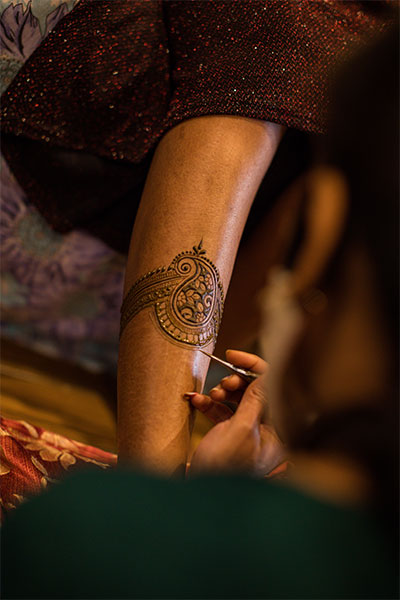
Mehndi paste is traditionally prepared by grinding dried Mehndi leaves into a powder. Leaves are sun-dried, pulverized, and sieved to produce a fine mossy green powder. This is then blended with water, lemon juice, and a few drops of eucalyptus oil until smooth paste forms. The mixture is steeped overnight for optimal absorption and then poured into a plastic cone. Less cumbersome application is achieved by using smaller cones.
Visit: backhand mehndi designs
- Application

Each line’s thickness is customized by slicing off the tips of cones. Light pressure is applied to the cones to maintain a steady stream of Mehndi. The process often begins at the forearm and goes to the fingertips.

- Fashions in Design

There was a time when some of the sisters and aunts in your community were sought for their skill in applying Mehndi designs, but those days are long gone. Professional Mehendi artists, who keep up with the newest techniques in Mehndi painting, are now the focus of the Mehndi celebration. Every inch of the hand, wrist, foot, and calf can be covered with intricate traditional Indian designs such as peacock motifs, flower designs, bride/groom copies, and more.
Mehndi paste is often applied in thick layers to the tips of the fingers, and the goal is to make the bride look like she is wearing pricey jewelry. If you’re looking for something simple, the Arabic patterns where the Mehndi motifs are only applied to one side of the hand and foot may be the way to go. This design style is characterized by its emphasis on curving vines and floral and paisley themes.
Mehndi, an ancient art form with roots in India and Arabia, successfully combines these two illustrative movements into a sophisticated style. The most up-to-date bridal Mehndi designs sometimes combine many hues, adding rhinestones, glitter, or metallic dust between the Mehndi patterns. White Mehndi tattoos and geometric motifs are very popular today. To enhance your experience during your Mehandi ceremony, consider taking the services of the best Mehandi artist in Delhi.
- Aftercare

We recommend leaving the Mehndi on for at least four hours to achieve a rich, even hue. The color will intensify if you store the paste for a long time. Because the Mehndi’s intensity is enhanced by the wearer’s body temperature, wrapping the Mehndied areas of the body in plastic covers or foils is recommended.
Every hour after the Mehndi has dried, you should apply a combination of lemon juice and sugar to the patterns using a brush or light cloth to keep the Mehndi in place and preserve the color. If you want your colors to pop, you may dry roast a few cloves on a tawa and let your hands take in the smoke for an extra dose of pigment. When the Mehendi has dried, it may be readily removed by rubbing the hands together, but under no circumstances should water be used.
Visit: mehndi designs for legs
Parting Words
Originally prevalent in the states of Rajasthan, Gujarat, Uttar Pradesh, Bihar, Madhya Pradesh, and Punjab in northern India, the practice has spread throughout the country. The beauty of the Mehendi Ceremony makes it appealing to brides and grooms from various cultures. This ritual has evolved into a sign of luxury, a reason to celebrate with the bride’s female friends before the wedding, and a chance to become acquainted with the bride’s family. We hope you find these simple tips for mehndi ceremony useful.

